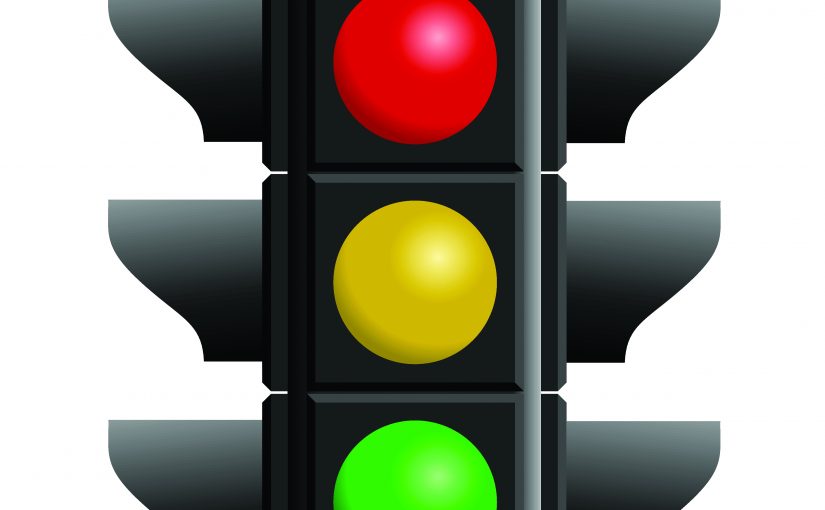
Law enforcement recruits and new officers are often asked the same question repeatedly during their application process and time at the training academy—why do you want to become an officer? Most reply that they want to save lives and help their communities. As they progress through their careers and enter leadership positions, the core answer doesn’t change, but the role of the individual in achieving those goals does. Often, law enforcement leaders direct the work of others instead of (or in addition to) performing day-to-day police work. In this role, leaders have the opportunity—and obligation—to direct their agency’s limited resources to tasks and activities that positively affect their communities.
Local police chiefs, state troopers, and sheriffs are all faced with numerous, competing demands that include dealing with very significant issues like increasing violent crime, homegrown extremism, and opioid addiction. Given the seriousness and complexity of these problems, it is not hard to see why traffic safety sometimes takes a back seat. However, it’s important to consider the extent to which traffic safety impacts the overall safety of communities. In 2015, there were 35,092 people killed in the United States in traffic crashes (a 7.2 percent increase from 2014); in comparison, 15,696 people were victims of homicide. The number of victims in both of these categories is far too high, but the number of crash victims is more than double the number of homicide victims. In many communities, the odds of being killed or injured in a crash are far higher than suffering a similar outcome from a violent crime.


